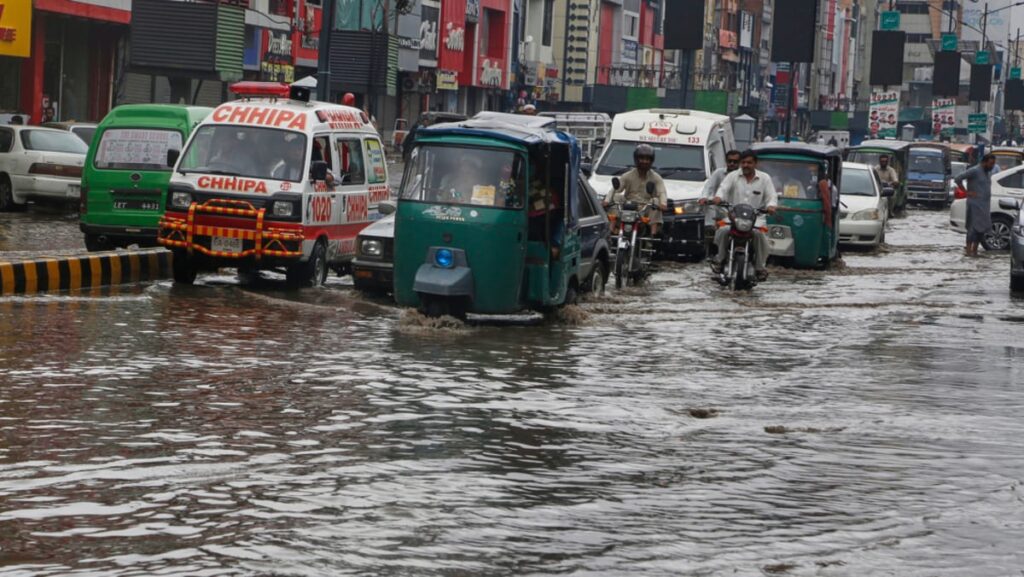They are hard to predict, but precaution is possible
It’s difficult to predict cloudbursts because of their size, duration, suddenness and complex atmospheric mechanisms.
Asfandyar Khan Khattak, a Pakistani official from the northwest province of Khyber Pakhtunkhwa, said there was “no forecasting system anywhere in the world” that could predict the exact time and location of a cloudburst.
The Pakistani government said that while an early warning system was in place in Buner district, where hundreds of people died after a cloudburst, the downpour was so sudden and intense that it struck before residents could be alerted.
Community organisation SOST, which is also the name of a border village in Pakistan’s northern Gilgit-Baltistan region, says precautions are possible.
It advises people to avoid building homes right next to rivers and valleys, to postpone any travel to hilly areas if heavy rain is forecast, to keep an emergency kit ready, and to avoid travelling on mountainous roads during heavy rain or at night.
It recommends afforestation to reduce surface runoff and enhance water absorption, and regular clearing and widening of riverbanks and drainage channels.
Climate change is fueling their frequency
Experts say cloudbursts have increased in recent years, partly due to climate change, while damage from associated storms has also increased due to unplanned development in mountain areas.
Climate change has directly amplified the triggers of cloudbursts in Pakistan, especially. Every 1 degree Celsius rise allows the air to hold about 7 per cent more moisture, increasing the potential for heavy rainfall in short bursts.
The warming of the Indian Ocean and Arabian Sea pushes more moisture into the atmosphere. Melting glaciers and snow alter local weather patterns, making rainfall events more erratic and extreme. Environmental degradation, in the form of deforestation and wetland loss, reduces the land’s ability to absorb water, magnifying flash floods.
Climate change has been a central driver in the destruction seen in Pakistan’s northern areas.
“Rising global temperatures have supercharged the hydrologic cycle, leading to more intense and erratic rainfall,” said Khalid Khan, a former special secretary for climate change in Pakistan and chairman of climate initiative PlanetPulse.
“In our northern regions, warming accelerates glacier melt, adds excessive moisture to the atmosphere, and destabilises mountain slopes. In short, climate change is making rare events more frequent, and frequent events more destructive.”
https://www.channelnewsasia.com/asia/cloudburst-pakistan-india-floods-chaos-death-5299296


